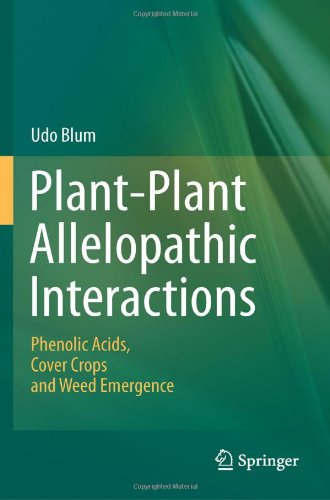

Most ebook files are in PDF format, so you can easily read them using various software such as Foxit Reader or directly on the Google Chrome browser.
Some ebook files are released by publishers in other formats such as .awz, .mobi, .epub, .fb2, etc. You may need to install specific software to read these formats on mobile/PC, such as Calibre.
Please read the tutorial at this link: https://ebookbell.com/faq
We offer FREE conversion to the popular formats you request; however, this may take some time. Therefore, right after payment, please email us, and we will try to provide the service as quickly as possible.
For some exceptional file formats or broken links (if any), please refrain from opening any disputes. Instead, email us first, and we will try to assist within a maximum of 6 hours.
EbookBell Team

0.0
0 reviewsIn an effort to implement conservation measures farmers have used a variety of production methods including reduced or zero tillage. With the implementation of these methods there has been an increase in the use of small grain and legume cover crops and their residues. One benefit of these production methods has been early season weed control. Presently the most promising cover crops and their residues for annual broadleaf weed control in temperate regions of the world are the small grains such as wheat and rye. The literature suggests that a variety of mechanisms are involved in regulating weed seedling emergence, among them the allelopathic effects of phenolic acids.
This book addresses the following questions: How likely are the necessary phenolic acid concentrations and environmental conditions present in wheat no-till cropping systems for inhibition of annual broadleaf weed seedling emergence? and Do phenolic acids have a dominant role in regulating annual broadleaf weed seedling emergence or are phenolic acids just one component of a larger promoter/modifier/inhibitor complex in wheat no-till cropping systems? The book has four chapters covering: 1. allelopathic plant-plant interactions, 2. laboratory experiments, 3. field and associated laboratory experiments, and 4. conclusions and suggested future research. There are several things that are unique about this book: a. The format is that of a research paper published in scientific journals. b. It differs from the journal format in that logic, reasons, and justifications for various procedures are provided. c. The Scientific Method and its approach to research are emphasized. For example, if-then hypotheses and cons and pros are provided so that readers can draw their own conclusions. and d. Although a broad range of literature is included, this book is a retrospective analysis of some 20 plus years of research on plant-plant allelopathic interactions at North Carolina State University.